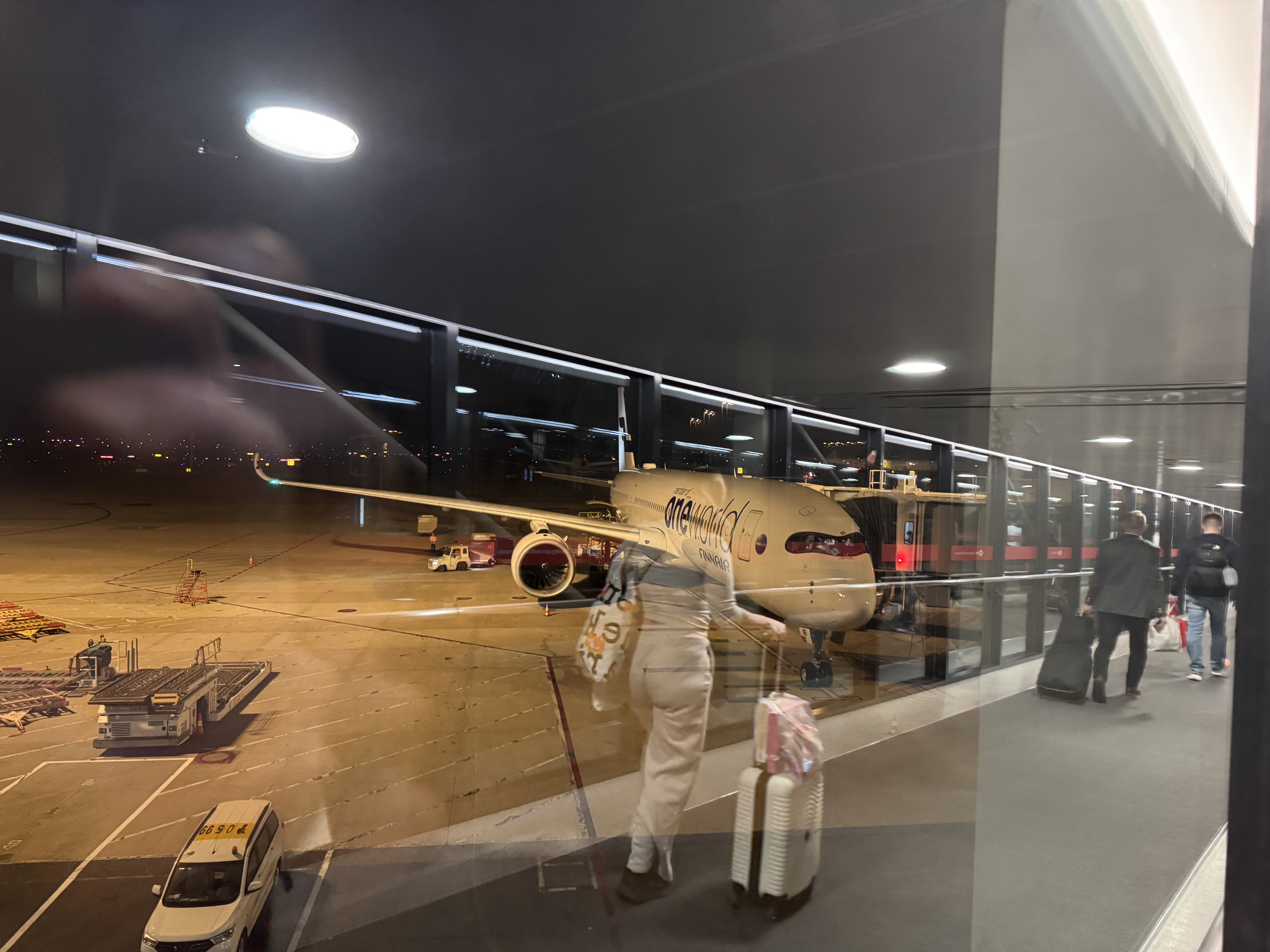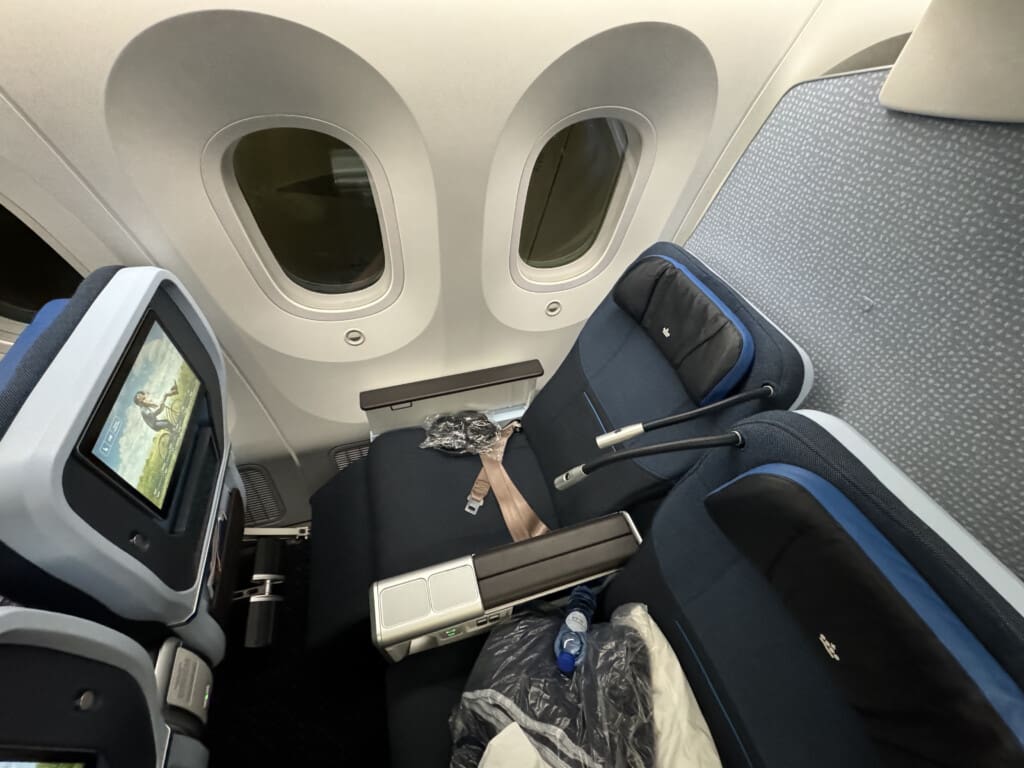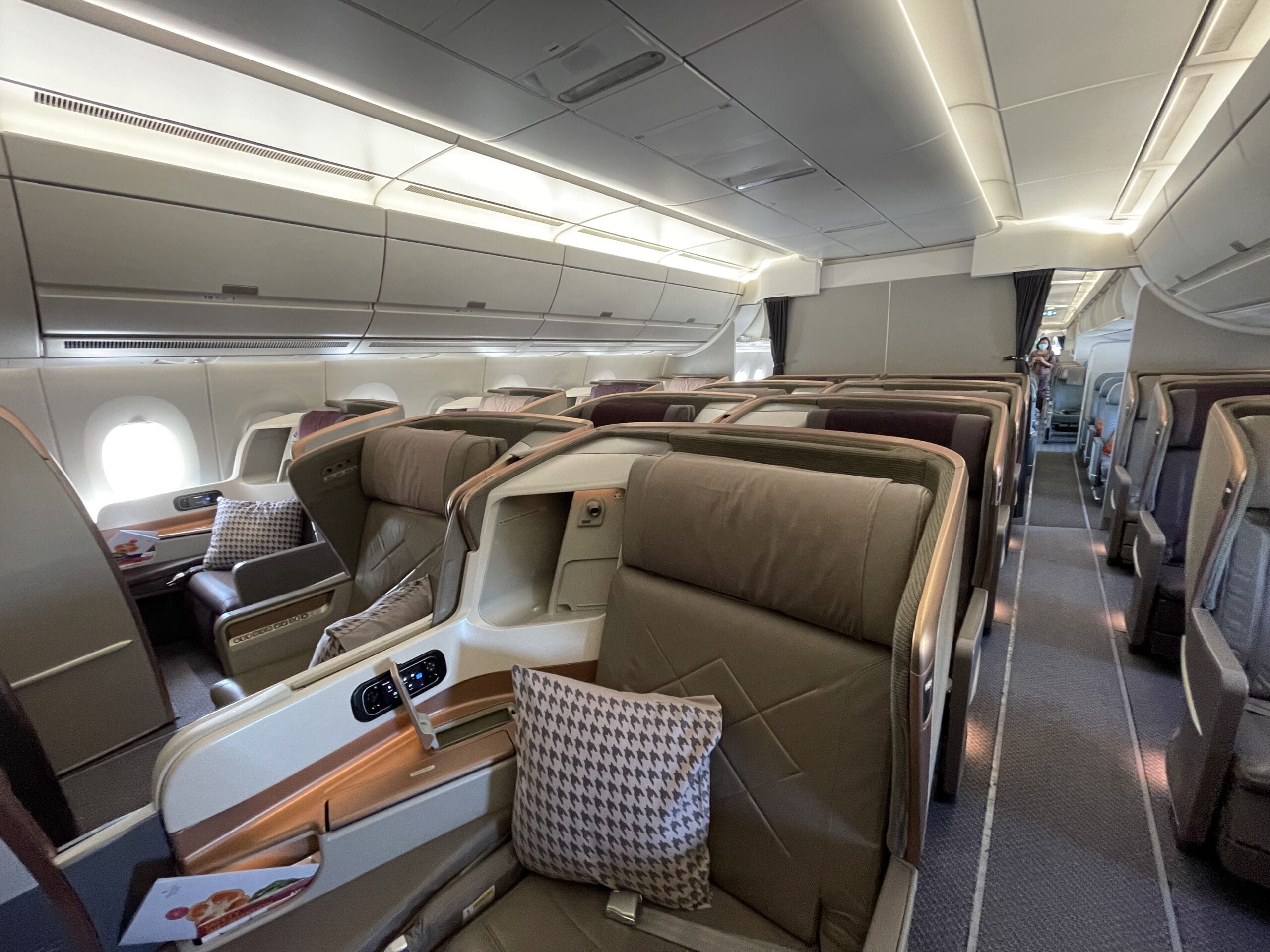The aviation industry has long been a cornerstone of global connectivity. However, it has also been a significant contributor to greenhouse gas emissions, accounting for approximately 2-3% of global CO2 emissions. As the world moves toward a more sustainable future, the aviation industry is under pressure to reduce its environmental impact.
Enter sustainable aviation fuel (SAF) – a game-changing solution that is revolutionizing the way we fly. In this blog post, we’ll explore what SAF is, how it works, and why it’s a key trend shaping the future of aviation.
What Is Sustainable Aviation Fuel (SAF)?
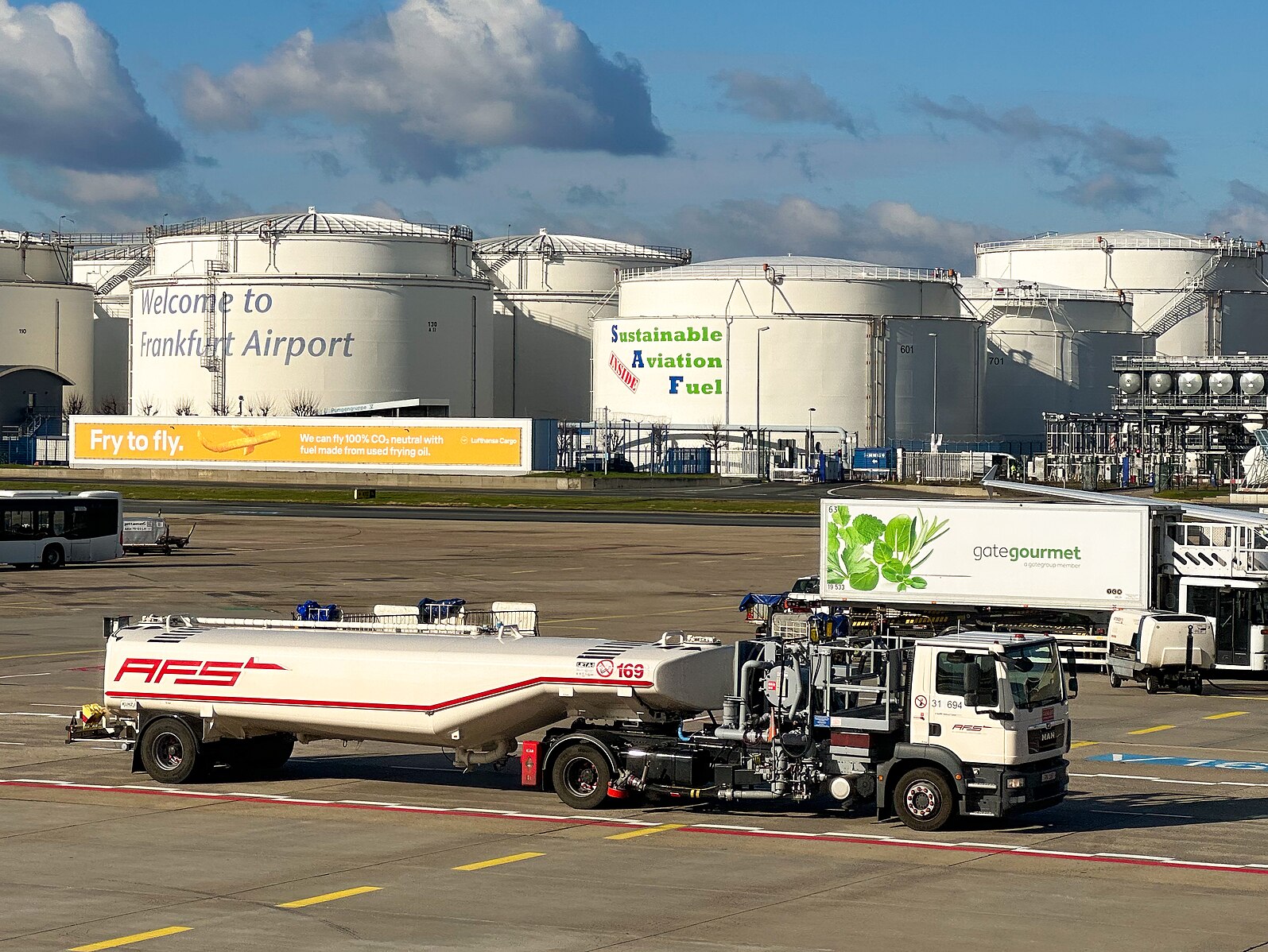
Sustainable Aviation Fuel (SAF) is a non-fossil-derived alternative to traditional jet fuel. It is produced from renewable resources like:
- Biomass: Used cooking oil, animal fats, algae, and agricultural waste.
- Waste Products: Municipal solid waste or industrial off-gases.
- Synthetic Processes: CO2 captured from the atmosphere combined with green hydrogen.
Unlike conventional jet fuel, SAF reduces lifecycle greenhouse gas (GHG) emissions by up to 80%. Importantly, SAF can be blended with traditional jet fuel and used in existing aircraft engines without requiring modifications—making it a practical solution for today’s aviation industry.
How Does SAF Work?
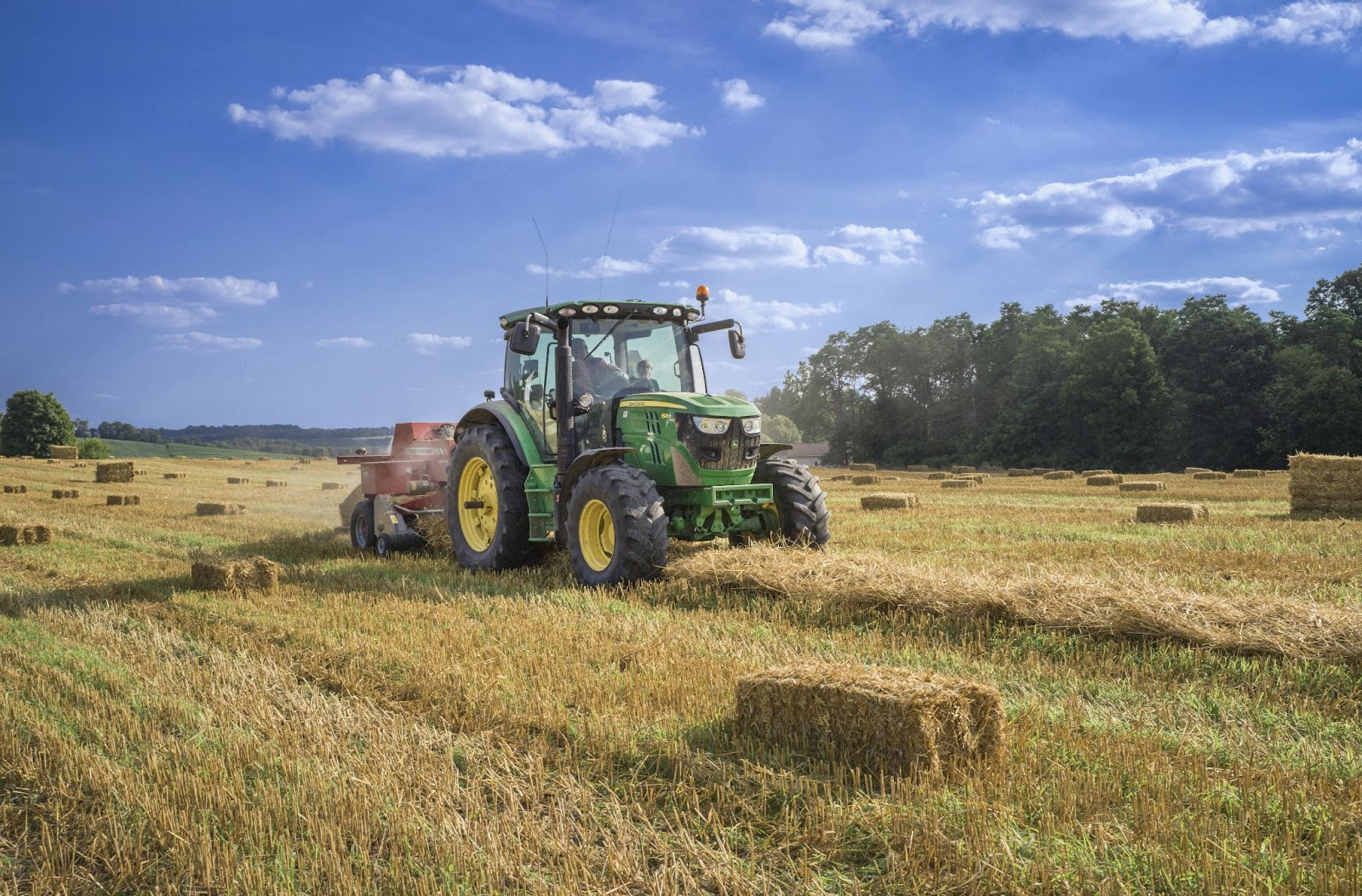
SAF is chemically similar to conventional jet fuel, which means it can replace or be blended with fossil-based fuels. The process typically involves:
- Feedstock Collection: Renewable or waste materials are gathered (e.g., used cooking oil or agricultural residues).
- Conversion Process: Bio-based feedstocks undergo advanced refining or chemical reactions to produce fuel.
- Certification and Blending: SAF is blended with traditional jet fuel and certified to meet international aviation fuel standards.
- Distribution and Usage: The blended fuel is transported to airports and used by airlines in the same way as conventional jet fuel.
The Environmental Benefits of SAF

Adopting SAF is a critical step toward achieving net-zero emissions in aviation. Here’s why:
- Reduced Lifecycle Emissions:
- SAF can cut GHG emissions by 50-80% depending on the feedstock and production process.
- It contributes to a circular economy by repurposing waste materials.
- Lower Air Pollution:
- SAF reduces particulate matter and sulfur emissions, improving air quality around airports.
- Compatibility with Existing Aircraft:
- Since SAF works with current engines, no additional infrastructure or costly fleet upgrades are required.
- Sustainable Sourcing:
- Many SAF feedstocks are derived from non-food resources, avoiding competition with global food supplies.
Challenges Facing SAF Adoption

Despite its potential, SAF adoption is still in its infancy due to several challenges:
1. High Production Costs
- SAF is currently 2-5 times more expensive than conventional jet fuel due to limited production capacity and high refining costs.
2. Limited Supply
- SAF production is still small-scale, meeting less than 0.1% of global aviation fuel demand. Scaling up production requires significant investments in infrastructure.
3. Feedstock Availability
- While SAF uses renewable resources, ensuring a consistent and sustainable supply of feedstocks is a logistical challenge.
4. Regulatory and Policy Gaps
- Global policies on SAF adoption are inconsistent, creating uncertainty for airlines that want to invest in greener alternatives.
Airlines Leading the Way with SAF
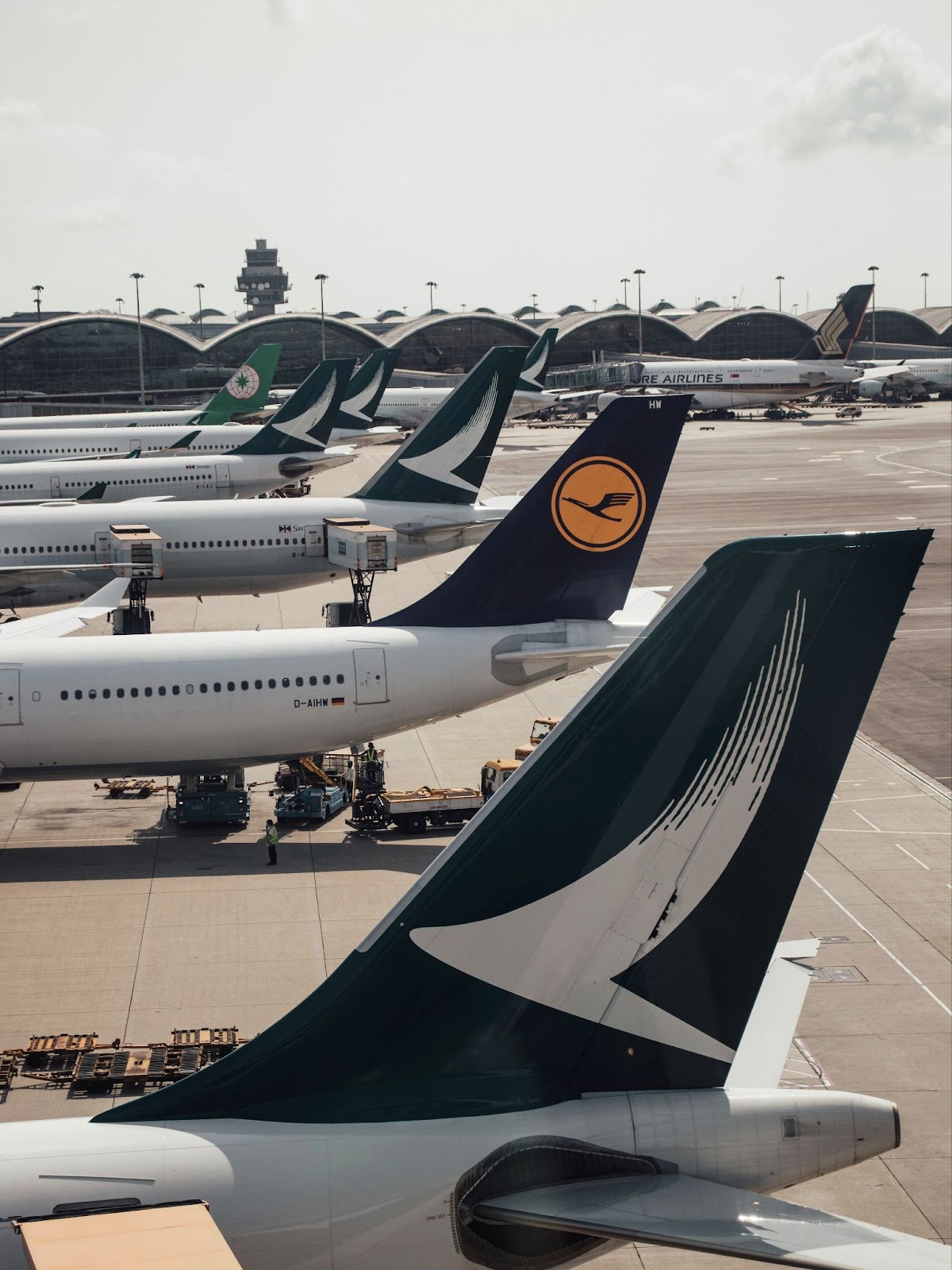
Many airlines and aviation companies are already taking steps to integrate SAF into their operations.
1. Singapore Airlines
- Singapore Airlines is part of the Asia and Pacific Initiative to Reduce Emissions (ASPIRE) and has begun using SAF on select flights. The airline also collaborates with Changi Airport to develop a SAF supply chain in Singapore.
2. Cathay Pacific
- Cathay Pacific has committed to achieving net-zero carbon emissions by 2050, with SAF playing a central role. The airline partnered with Fulcrum BioEnergy to invest in SAF made from municipal solid waste.
3. United Airlines
- United Airlines became the first airline to operate a commercial flight powered entirely by SAF in 2021.
4. Lufthansa
- Lufthansa has been using SAF for corporate customers through its Compensaid program, enabling businesses to offset their travel emissions.
The Future of SAF: What’s Next?
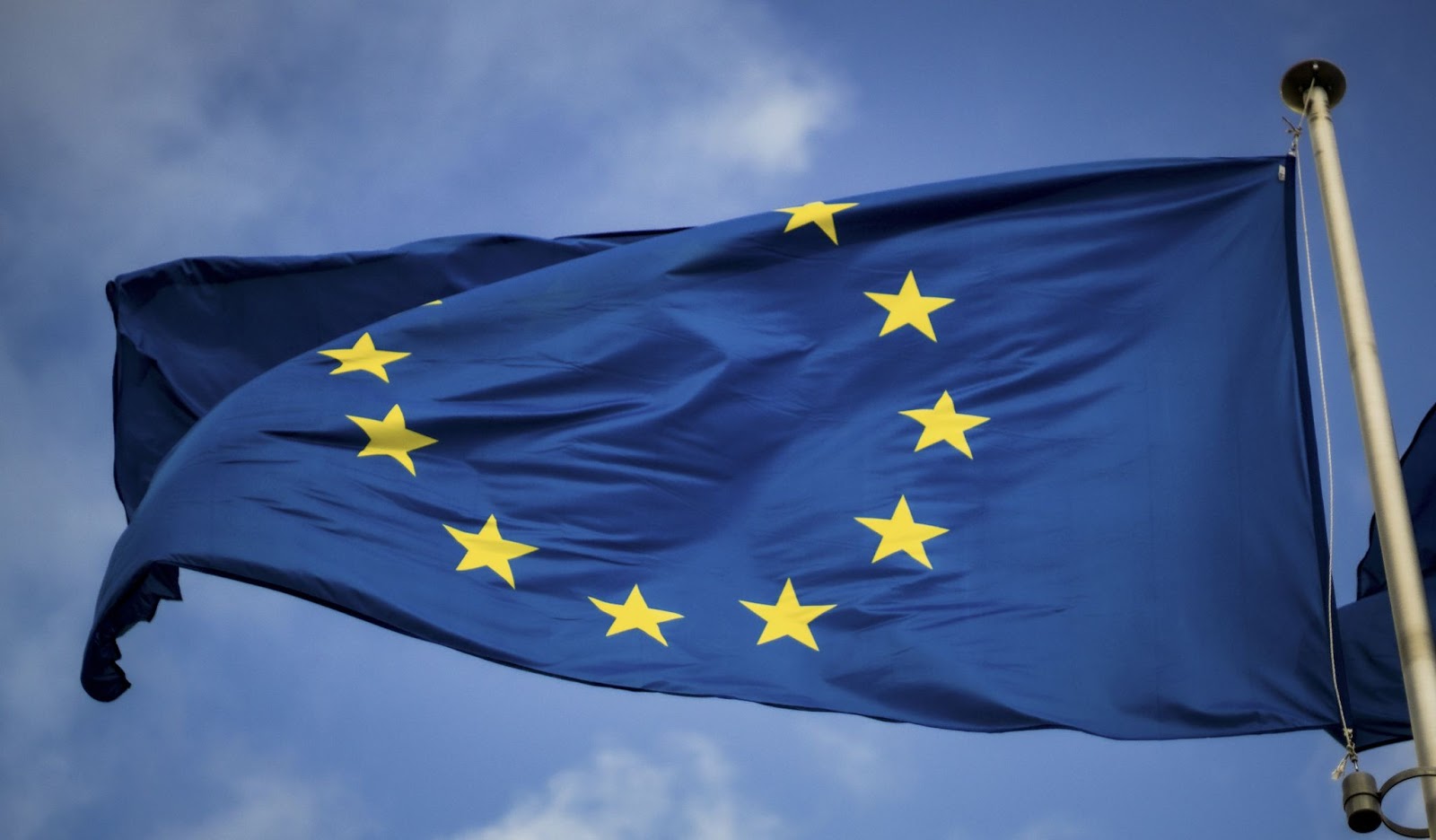
While challenges remain, the outlook for SAF is promising with growing investments and collaborations. Key developments to watch include:
- Increased Production Capacity:
- Companies like Neste, Fulcrum BioEnergy, and World Energy are scaling up SAF production facilities worldwide.
- Lower Costs:
- As technology advances and production scales, SAF prices are expected to drop, making it more competitive with fossil fuels.
- Wider Adoption:
- More airlines are setting SAF adoption targets, increasing demand and encouraging further production.
- New Technologies:
- Innovations like power-to-liquid (PtL) fuels and synthetic SAF could revolutionize the industry by using captured CO2 and renewable energy as feedstocks.
Why SAF Matters for Travelers and the Aviation Industry
Sustainable Aviation Fuel is more than just a buzzword—it’s the future of cleaner, greener skies. As airlines, governments, and innovators work together to overcome challenges, SAF has the potential to transform the aviation industry into a more sustainable sector.
For travelers, choosing airlines that use SAF is a step toward reducing the environmental impact of flying. As more airlines adopt SAF, consumers will have the power to make sustainable travel choices.
And For the aviation industry, SAF represents a practical and scalable solution to decarbonize air travel without sacrificing performance or reliability. It’s a way to align with global climate goals while meeting the growing demand for air travel.
Would you choose an airline based on their use of SAF?? 🌍✈️

